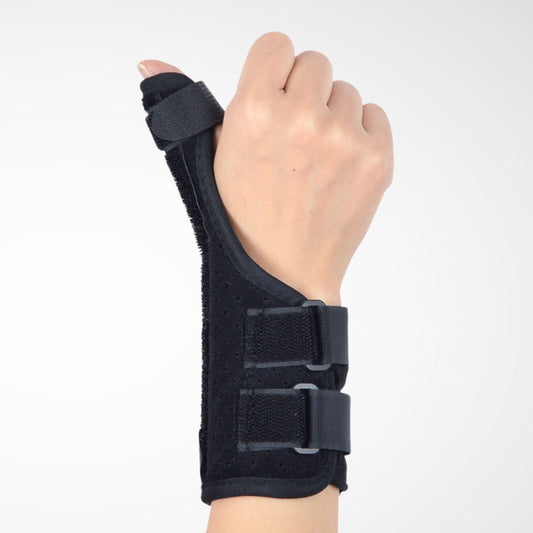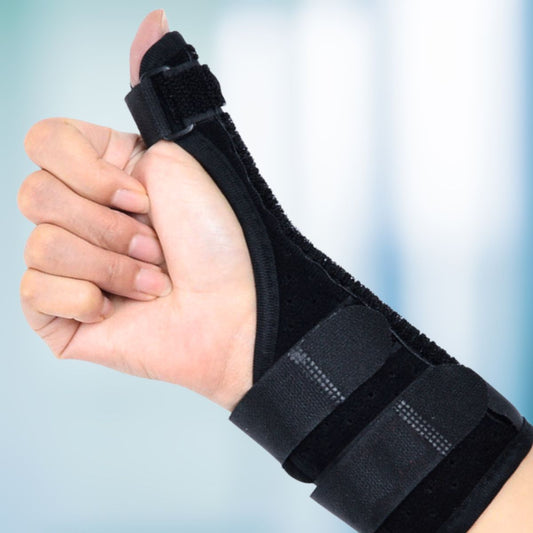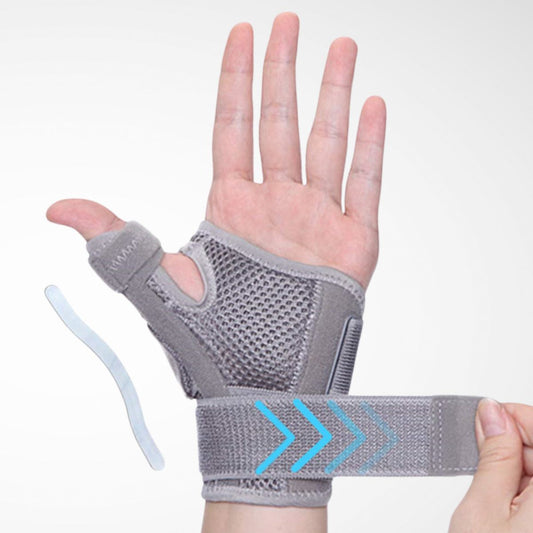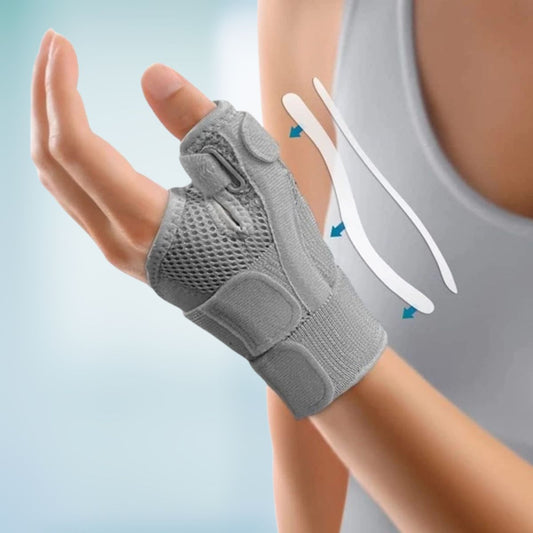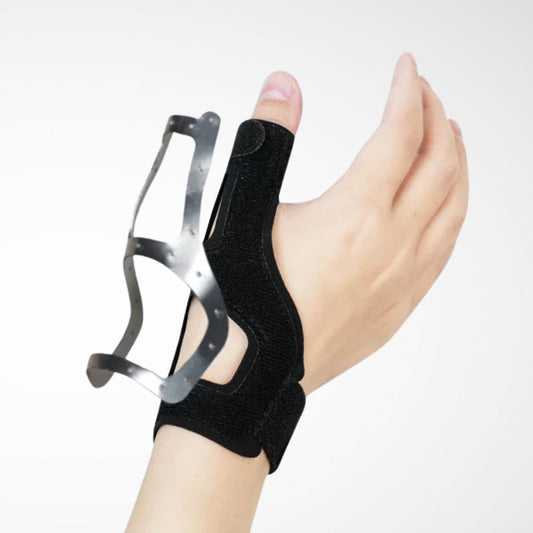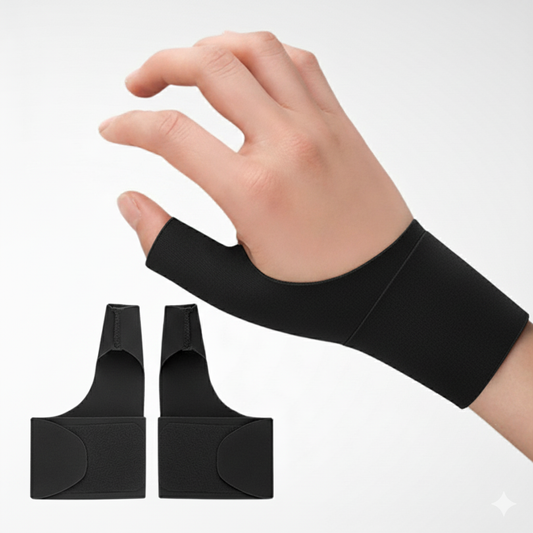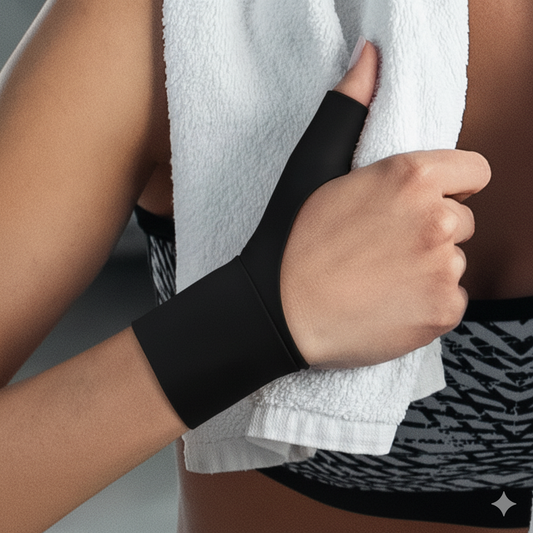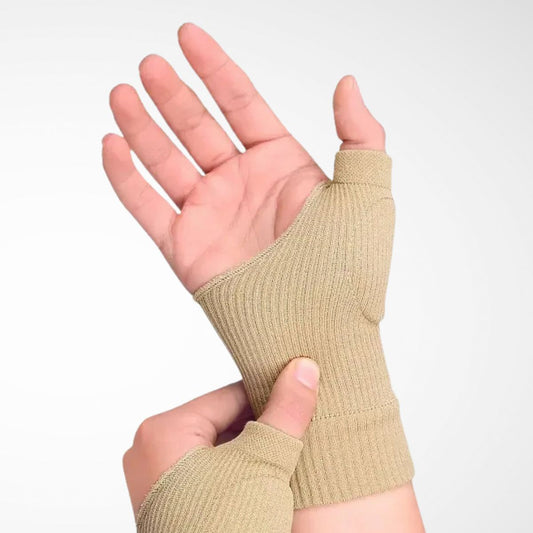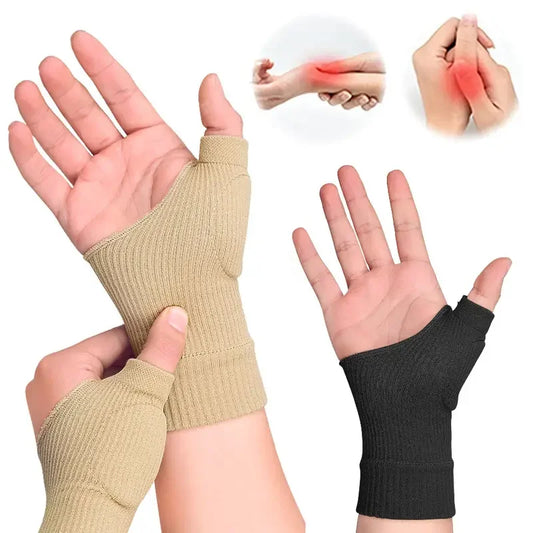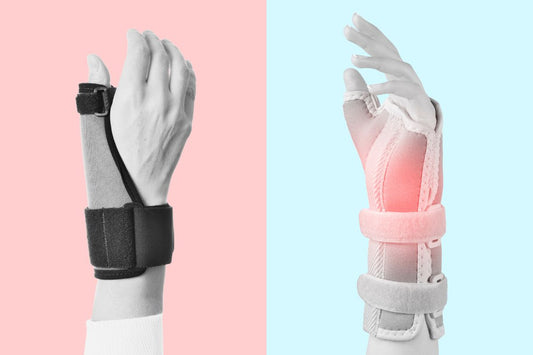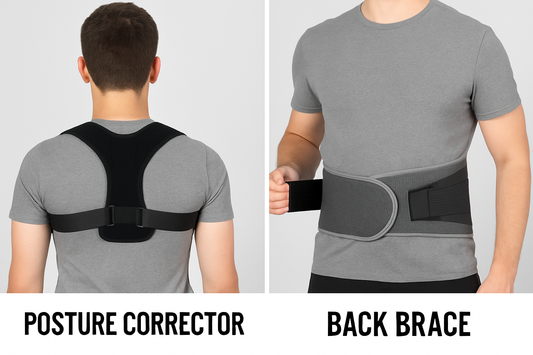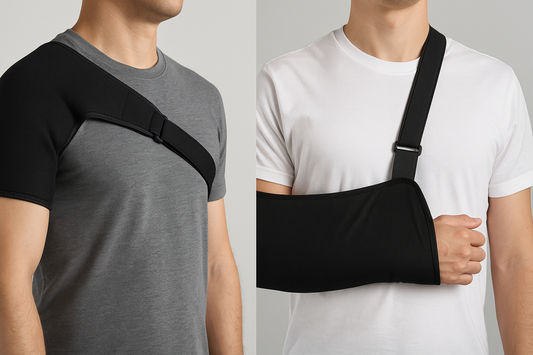Introduction
Thumb twitching is a small, involuntary contraction of the muscles at the base or side of your thumb. For some, it happens after hours of typing or scrolling on a phone; for others, it appears randomly at rest. While a twitch here or there is rarely serious, many people wonder if it signals a deeper issue. Could it be a nerve problem? Is it a sign of fatigue? Or is it something you can safely ignore?
This article explores the causes of thumb twitching, what symptoms deserve medical attention, and practical solutions to help you manage or prevent it.
Understanding the Thumb
The thumb is an incredibly complex structure. Its movement depends on:
-
Thenar muscles (a group of muscles at the base of your thumb that allow pinching, grasping, and fine motor tasks).
-
Median nerve (running through the carpal tunnel in your wrist, carrying signals from the brain to the thumb muscles).
-
Tendons and ligaments (connecting muscles to bone to enable smooth movement).
When anything disrupts this system — from overuse to nerve compression — your thumb may twitch involuntarily.
Common Causes of Thumb Twitching
1. Muscle Fatigue and Overuse
The most frequent reason for thumb twitching is simply overuse. Activities such as typing, texting, or gaming require constant, repetitive movements. Overworked muscle fibers may misfire, creating visible spasms. This is similar to eyelid twitching after prolonged screen time.
2. Nerve Compression

Conditions like carpal tunnel syndrome or cervical spine nerve irritation can lead to thumb twitching. If the median nerve is pinched, electrical signals may be disrupted, causing involuntary contractions.
3. De Quervain’s Tenosynovitis
This condition inflames the tendons around the thumb, often from repetitive lifting or wrist use. Twitching may accompany pain, swelling, and stiffness. It’s common among new parents (“mommy thumb”) or people who frequently use their thumbs for work.
4. Electrolyte Imbalances
Low levels of magnesium, potassium, or calcium can interfere with nerve signaling. Even mild dehydration may contribute. Athletes and individuals with poor diets are more prone to this.
5. Stress, Fatigue, and Caffeine
An overactive nervous system — triggered by stress, lack of sleep, or excess caffeine — can produce small muscle twitches in the hands, eyelids, and other areas.
6. Neurological Conditions (Rare)
Although uncommon, persistent twitching that comes with weakness or numbness could be linked to neurological disorders such as multiple sclerosis or ALS. These cases are rare compared to benign overuse-related twitching.
When to Worry About Thumb Twitching
While most twitching is harmless, you should consult a doctor if:
-
Twitching is constant or worsening.
-
It comes with numbness, tingling, or loss of grip strength.
-
You experience pain spreading into the wrist or arm.
-
Twitching appears alongside other neurological symptoms such as muscle wasting.
In these cases, a doctor may order nerve conduction studies, blood work, or imaging to determine the root cause.
Self-Care Strategies for Thumb Twitching
1. Rest and Ergonomics
Take regular breaks if you type or text for long periods. Adjust your desk setup — your keyboard should be low enough that your wrists remain neutral.
2. Stretching and Strengthening
Gentle thumb and wrist stretches improve circulation and flexibility. For example, extend your thumb outward, hold for 10 seconds, and repeat. Hand therapy putty or soft stress balls can build grip strength.
3. Hydration and Nutrition
Drink enough water daily. Eat foods rich in magnesium (nuts, seeds, leafy greens), potassium (bananas, potatoes), and calcium (dairy, fortified alternatives).
4. Stress Reduction
Practice mindfulness, deep breathing, or short walks. Cutting back on caffeine can also reduce nervous system overstimulation.
5. Supportive Devices
If twitching is linked to tendon irritation or repetitive strain, immobilizing the thumb can provide relief. A thumb spica splint helps reduce strain by keeping the joint in a neutral position, allowing tendons to rest and heal.
For deeper insights, see our related blog: When Should You Wear a Thumb Spica Splint?
When Professional Treatment May Be Needed
Most cases of thumb twitching improve on their own with rest, stretching, and lifestyle adjustments. However, if twitching continues for more than a couple of weeks despite these efforts — or if it interferes with daily activities like typing, gripping, or lifting — it may be time to consult a healthcare provider.

Seeking professional input does not necessarily mean something serious is wrong. Instead, it’s a way to ensure the twitching isn’t being driven by an underlying problem such as nerve compression, tendon irritation, or electrolyte imbalance that may require more focused management.
Healthcare providers may explore several supportive treatments, including:
-
Physical therapy – A therapist can teach tailored exercises to strengthen weak muscles, improve flexibility, and relieve strain on thumb tendons and nerves. This is especially helpful if twitching stems from repetitive use or conditions like De Quervain’s.
-
Splinting or bracing – Devices such as a thumb spica splint may be recommended for longer wear periods. These braces stabilize the thumb joint, reduce overuse, and allow irritated tissues to heal.
-
Medication or injections – If tendon inflammation is contributing to the twitching, physicians may suggest anti-inflammatory medication or targeted corticosteroid injections to calm irritation and restore normal function.
-
Surgical intervention – Rarely, when conservative methods fail and conditions such as severe carpal tunnel syndrome are present, minor surgical procedures may be considered to relieve pressure on nerves or tendons.
Remember, this article is for educational purposes only. It is not a diagnosis. If thumb twitching does not improve after a reasonable period of self-care — typically 2–3 weeks of reduced strain, proper rest, and supportive measures — it is wise to book an appointment with a qualified healthcare professional. Getting an expert opinion provides peace of mind and ensures you receive the most appropriate guidance for your specific situation.
Conclusion
Thumb twitching is usually a benign symptom caused by overuse, fatigue, or minor irritations. With rest, ergonomic adjustments, good nutrition, and — if necessary — the support of a thumb spica splint, most cases improve without long-term consequences.
Still, if twitching persists or is accompanied by pain, numbness, or weakness, it’s worth consulting a medical professional to rule out more serious conditions.
At BetterSpine, we’re committed to providing high-quality, supportive devices designed to help you move comfortably and confidently.


